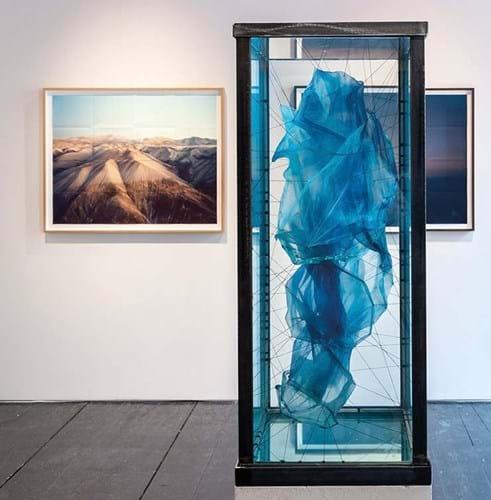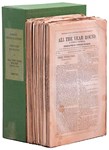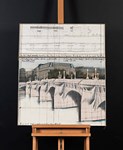
It has become widely seen as the most lucrative and vibrant area characterised by rising prices, emerging names and youthful collectors. And that seems unlikely to change even if coronavirus has calmed the frothier end of the trade this year.
The market has proved remarkably robust. A nadir came in 2008-09 when the effects of the financial crash took a heavy toll. But to the surprise of many who thought it might never recover, post-war and Contemporary art was the quickest sector to bounce back and, by the end of 2013, auction totals were exceeding their pre-downturn levels.
Beyond the duopoly
While Sotheby’s and Christie’s hold a commanding share, the market in this sector has been steadily spreading out beyond the duopoly.
Paris, Germany and Switzerland are equally important centres while, on a more local level other auction houses have been able to establish footholds by catering for buyers of every persuasion. Forum Auction’s success in the market for Banksy prints is a good example.
Retail strength
The ecosystem of galleries, fairs and selling events continues to evolve in line with the times. In this feature we report on the development of Cromwell Place in South Kensington, billed as the “first-of-its-kind exhibition and working space for galleries, dealers, collectors and art professionals seeking a presence in central London”.
We also look at how Mayfair Art Weekend has developed outdoor events to accommodate buying in a time of Covid and how Frieze and Frieze Masters are putting their considerable weight behind the online fairs model this year.














